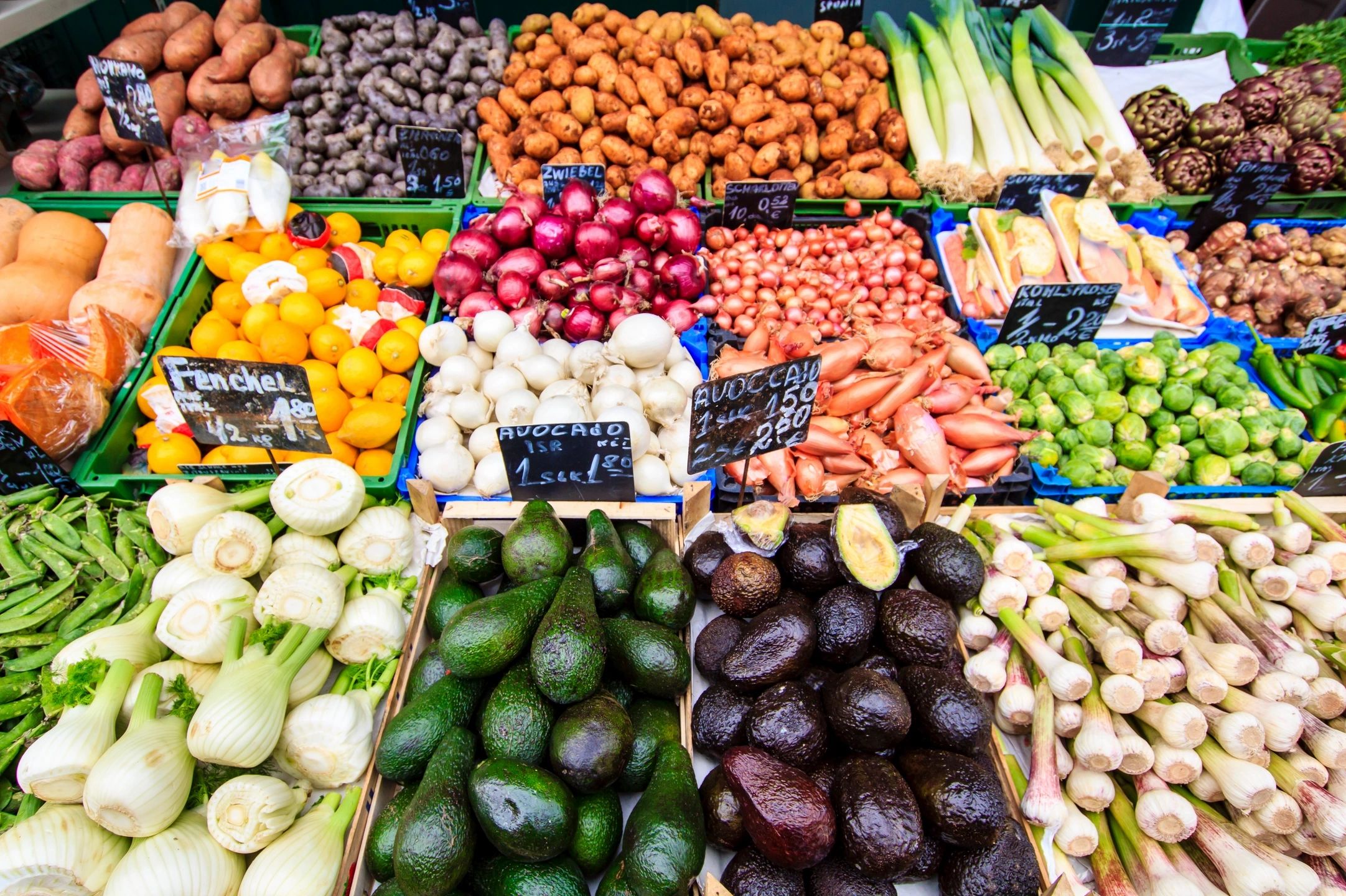Exploring the World of Exotic Fruits
The vibrant world of exotic fruits offers a tantalizing array of flavors, textures, and aromas that are often unfamiliar yet immensely captivating. These tropical treasures not only enrich our culinary experiences but also provide substantial nutritional benefits, making them a must-try for any fruit enthusiast. Let’s delve into the fascinating realm of exotic fruits and discover their unique allure.
The Allure of Exotic Fruits
Exotic fruits captivate us with their extraordinary appearances and intriguing tastes. From the pungent yet creamy durian to the delicate sweetness of mangosteen, these fruits are a sensory adventure. Their allure lies not just in their taste but in the stories they tell – stories of distant lands, diverse cultures, and ancient traditions. The visual appeal of these fruits, with their vibrant colors and unusual shapes, also plays a significant role in their attraction.
Top Exotic Fruits to Try
Durian: The King of Fruits
Durian, often dubbed the “king of fruits,” is renowned for its potent aroma and rich, custard-like flesh. Native to Southeast Asia, this fruit is an acquired taste, with a flavor that combines sweet and savory notes. Despite its divisive smell, durian is cherished for its high nutritional content, including vitamins C and B6, potassium, and dietary fiber. It’s a fruit that challenges the senses but rewards the adventurous palate with an unforgettable taste experience.
Mangosteen: The Queen of Fruits
Mangosteen, known as the “queen of fruits,” is prized for its juicy, tangy-sweet segments encased in a thick, purple rind. This tropical fruit, also native to Southeast Asia, is revered for its exquisite flavor and health benefits. Mangosteen is rich in antioxidants, particularly xanthones, which are known for their anti-inflammatory properties. The delicate balance of sweetness and acidity makes mangosteen a favorite among fruit connoisseurs.
Dragon Fruit: A Visual Delight
Dragon fruit, or pitaya, is a striking fruit with its bright pink or yellow skin and speckled flesh. Originating from Central America, this fruit has a mild, slightly sweet taste and a crunchy texture due to its small, edible seeds. Dragon fruit is not just a visual delight but also a nutritional powerhouse, offering a good source of vitamins C and E, fiber, and antioxidants. Its unique appearance and refreshing flavor make it a popular choice in fruit salads and smoothies.
Rambutan: The Hairy Lychee
Rambutan, often described as the “hairy lychee,” is another exotic fruit native to Southeast Asia. Its spiky red or yellow skin encases a translucent, juicy flesh that is sweet with a hint of acidity. Rich in vitamin C, manganese, and niacin, rambutan is not only delicious but also beneficial for overall health. Its unusual appearance and delightful taste make it a fun and exotic addition to any fruit platter.
Jackfruit: The Giant Fruit
Jackfruit is the largest tree-borne fruit in the world, and its size is matched by its versatility. Native to India and Bangladesh, jackfruit has a fibrous texture and a flavor that can be sweet when ripe or savory when young, making it a popular meat substitute in vegetarian dishes. Nutritionally, jackfruit is high in vitamins A and C, potassium, and dietary fiber. Its impressive size and unique taste profile have earned it a place in both traditional and modern culinary creations.
Nutritional Benefits of Exotic Fruits
Exotic fruits are not only a feast for the senses but also packed with essential nutrients. They are rich in vitamins, minerals, and antioxidants, which contribute to overall health and well-being. For instance, durian provides a significant amount of energy and dietary fiber, while mangosteen is renowned for its anti-inflammatory properties. Dragon fruit is an excellent source of vitamin C, and rambutan offers a good amount of manganese and niacin. These fruits, with their diverse nutrient profiles, play a vital role in boosting immunity, improving digestion, and promoting skin health.
Culinary Uses of Exotic Fruits
The culinary uses of exotic fruits are as diverse as their flavors and textures. They can be enjoyed fresh, juiced, or incorporated into a variety of dishes. Durian is often used in desserts and ice creams, while mangosteen can be added to salads and smoothies. Dragon fruit is a popular ingredient in fruit bowls and cocktails, and rambutan can be used in both sweet and savory dishes. Jackfruit, with its versatile nature, is used in curries, stews, and even as a vegan meat substitute in tacos and burgers. The possibilities are endless, and experimenting with these fruits can elevate any culinary creation.
Cultivation and Harvesting
Cultivating exotic fruits requires specific climatic conditions typically found in tropical regions. These fruits thrive in warm, humid environments with plenty of rainfall. For instance, durian trees need well-drained soil and a long dry season for the fruits to mature. Mangosteen trees require acidic soil and constant moisture, while dragon fruit, a type of cactus, thrives in arid conditions. Harvesting these fruits is often a labor-intensive process, requiring careful handling to ensure the fruits remain intact and reach peak ripeness.
Where to Find Exotic Fruits
Exotic fruits can be found in specialty markets, Asian grocery stores, and increasingly, in larger supermarket chains. Farmers’ markets and organic food stores may also carry a variety of these fruits, especially during their peak seasons. For those unable to find fresh exotic fruits locally, dried or canned versions are often available and still offer many of the same nutritional benefits. Additionally, online retailers provide a convenient way to access a wide range of exotic fruits delivered directly to your doorstep.
Conclusion
Exploring the world of exotic fruits opens up a new dimension of flavors, textures, and culinary possibilities. These tropical delights not only tantalize the taste buds but also offer numerous health benefits, making them a valuable addition to any diet. Whether you are sampling the pungent durian or the delicate mangosteen, the experience of trying exotic fruits is a journey worth embarking on. So, take a step into this vibrant world and let your palate discover the extraordinary.
Please like, comment, and share this article if you found it helpful and
informative.
Visit https://bigtownbulletin.com if you would like to see more of this content.
Please like, comment, and share this article if you found it helpful and
informative.
For more news check out Big Town Bulletin News
For more from Big Town Bulletin check out Big Town Bulletin


